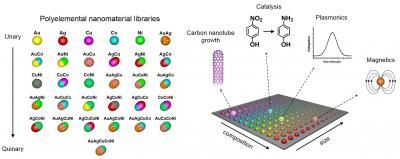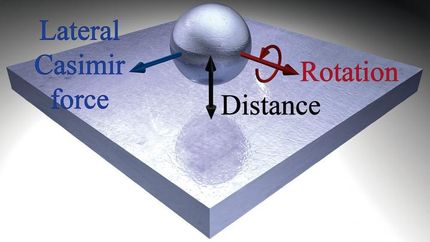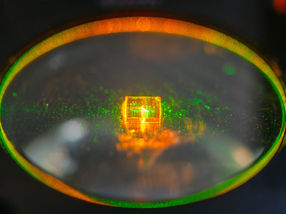University of Copenhagen set for neutrons and X-rays
Two of the world's largest research infrastructures are being established in the Oresund Region: The MAX IV X-ray source and the European Spallation Source (ESS) neutron source have complementary properties, which combined offer unique possibilities for studying all types of materials. The large research facilities will be attracting world-leading researchers and benefit the Capital Region of Denmark, both academically and industrially.
The two new research facilities, the X-ray source MAX IV and the neutron source European Spallation Source (ESS) are being established in Lund, Sweden, and will become operational in 2016 and 2020, respectively. The facilities are Intereuropean with Denamrk and Sweden as host countries.
Combined, they will enable examination of all types of materials at atomic level – from the hardest materials to the softest biological – and in this way offer insight into the material structures.
“Whether developing chips for computers, sustainable construction materials or targeted medicin, knowing the structures of the material or the compound is of vital importance. MAX IV and ESS possess the potential to become essential tools in a wide range of research fields – from traditional physics and materials research to biology, chemistry, health sciences, pharmacology, nanotechnology, geology and archaeology,” says Prorector Thomas Bjornholm, who is looking forward to the great business and research potential.
Magnet for researchers and businesses
The short geographical distance between the MAX IV and the ESS facilities will be an immense asset to the research environments at University of Copenhagen and to Danish businesses engaged in R&D in drugs, foods and energy technologies.
“At University of Copenhagen we expect to forge new research partnerships across scientific disciplines and with the best research groups internationally. Also, a key priority of the University is to increase its collaboration with Danish companies. In other words, ESS and MAX IV thus become catalysts for growth in the Oresund Region,” says Thomas Bjornholm.
Key centre at North Campus
Globally, there are around 100 synchrotron radiation facilities, but only 20 neutron scattering facilities. ESS will become the first neutron scattering facility in Northern Europe, and the short geographical distance between Lund in Sweden and Copenhagen alone will make University of Copenhagen highly attractive to Danish and international top researchers. Also, the Data Management and Software Center (DMSC) which will collect and analyse all ESS data, will be located at North Campus, University of Copenhagen.
“We expect the Data Management centre to employ 60-65 researchers who, among other things, will be tasked with assisting the University’s own researchers, visiting researchers from other academic institutions and researchers from companies with interpreting data from their studies,” explains Thomas Bjornholm.
Most read news
Organizations
Other news from the department science

Get the chemical industry in your inbox
By submitting this form you agree that LUMITOS AG will send you the newsletter(s) selected above by email. Your data will not be passed on to third parties. Your data will be stored and processed in accordance with our data protection regulations. LUMITOS may contact you by email for the purpose of advertising or market and opinion surveys. You can revoke your consent at any time without giving reasons to LUMITOS AG, Ernst-Augustin-Str. 2, 12489 Berlin, Germany or by e-mail at revoke@lumitos.com with effect for the future. In addition, each email contains a link to unsubscribe from the corresponding newsletter.




























































